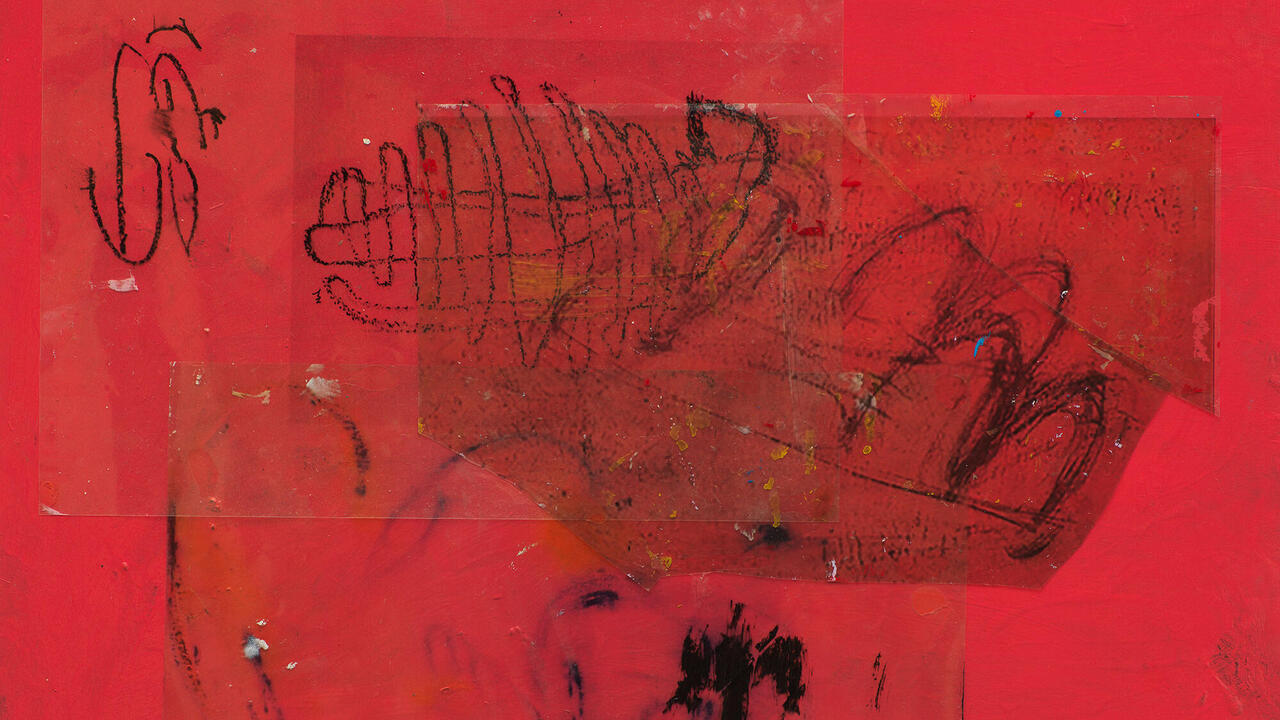Quote Unquote
With so many artists using references in their work, it’s time to question which ones are good, necessary or relevant
With so many artists using references in their work, it’s time to question which ones are good, necessary or relevant
Even though art works aren’t generally footnoted, references are now more than ever used as artistic material like lumps of clay to a potter. Given such widespread reliance on referencing – not just by writers, who arguably need them to justify arguments – but artists as well, perhaps its necessary to think again about what makes for a good, necessary or relevant reference, and some of the pitfalls of referencing. By artistic referencing I am thinking of a wide range of approaches from oblique allusions to direct visual quotations, as well as name-dropping in artists’ statements, and work that intrinsically relies on some other art or culture. For example, work A refers to passages from little-known, out-of-print novel B – the novel is in the gallery but there is no comfortable place to sit and read it – or paintings of spaghetti are titled after Judy Chicago and Fred Sandback, while the accompanying text compares the works to action painting. Is it possible to sort the wheat from the chaff, namely, those approaches in which well-chosen references function like substitutes for original thought and content as opposed to compelling and critical citations? Can we distinguish between exercises in aggrandizement by association and participation in an existing body of ideas? Getting caught in a reference web of our own spinning isn’t a new conundrum; it is as least as old as Postmodernism, however you define it. (In fact, the prefix ‘post’ is really shorthand for a long list of endnotes.) This didn’t seem like a problem with the critical and discursive forms of quotation and citation involved, for instance, in some appropriation or post-feminist art – along with all the art which questions the power and underlying presumptions of the received past – because the critical agendas of these approaches are clearer.
But now, alongside a visible trend toward modernist-looking, neo-formalist work, referentiality sticks out as an issue. For example, this year’s Berlin Biennale was accompanied by a catalogue with reproductions of the participating artists’ idiosyncratically defined reference material; many works would barely make sense without their specific references. The origins of today’s problem may have been in the 1990s with the widespread remaking and mining of Conceptual art. Meanwhile, aspirational art of all kinds has got used to reflecting or anticipating and directing its own reception. Artists and their representatives can often deliver impeccably cross-referenced oratories. This kind of sophistication is generally something to be welcomed, but it can also easily tip, turning the work into a browbeating that leaves nothing for the viewer to do and allows no surprises, closing down potential readings and engendering only uninspiring consensus.
Admittedly, art writing can induce a kind of reference panic attack too – a condition in which I’m desperate to be left alone with the work in question to exercise one of the biggest rewards of engaging with art, namely, being given the chance to think, however speculatively, on my own terms, in my own time. (When artists admit they don’t read art criticism much, unless it’s about them and every word is potentially a cast stone, I think they are also exercising this prerogative.) One of the most obvious referential no-nos in art writing involves comparing an emerging practice to a canonical one in the same terms on the basis of thin evidence, as if some freaky a-contextual, a-historical meta-art playing field existed where an emerging artist gets to play chess with Duchamp or swap film ideas with Warhol. In institutional contexts I suspect that the reference game remains a source of validation and framing in order to emphasize quality and continuity, a way of scratching initials into the limestone edifice of the cultural pantheon.
My point here is not to be anti-referential; such a suggestion would be absurdly retrograde and anyway impossible, so inextricably intertwined is art in all other art. To not realize that is to miss most of the conceptual action. Art is by definition a specialized field, although the best of it still also manages to communicate to its ever growing and diverse audience. But still it seems like there is a need for more vigilance or at least creative self-consciousness in the use of the work of others. It is not only the problem of changing referential fashions and reference fatigue. References betray your roots. They say something about how and where you were educated, and at worst, can be lazy badges of privilege. There is something like a politics of referencing: citations immediately reveal who the artist or writer’s imagined public might be and their relationship to them. Whether a reference seems generous and enquiring as opposed to patronizing or pedantic is also a question not only of what kind of references are made, but how they are employed.
Ideally, there should be something truly, discursively at stake in making a reference. For example, when it involves a rediscovery or positioning of something misunderstood or neglected, when it conveys a longer and more complex sense of historical development than is generally accepted, or when it doesn’t entrench the status quo of art ideas or fulfil commonplace expectations. This is where odd, absurd, jarring, clashing, risqué references might come in. A certain self-irony, parody and satire are also tried and tested tools for the critical use of references. Having written this piece to this point intentionally without referring to or singling out an artist, I now want to relent. Yesterday, I overheard hyper-referential, post-conceptualist Stephen Prina observe, ‘There are wonderful irregularities in every retelling.’ To my mind, he has it sorted.
















